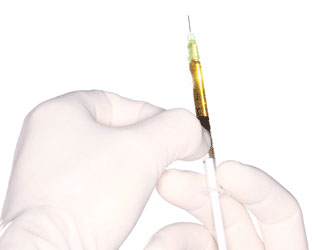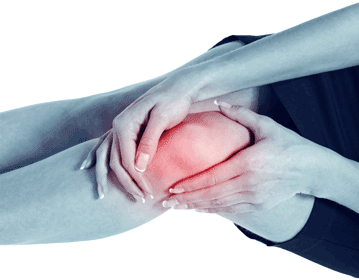platelet-rich plasma
 Platelet-rich plasma (PRP) offers a safe, non-surgical treatment option for patients suffering from knee osteoarthritis, plantar fasciitis, tennis/golfers elbow, achilles tendinopathy, meniscal injuries and ligament sprains.
Platelet-rich plasma (PRP) offers a safe, non-surgical treatment option for patients suffering from knee osteoarthritis, plantar fasciitis, tennis/golfers elbow, achilles tendinopathy, meniscal injuries and ligament sprains.
What is PRP?
Red blood cells, white blood cells and plasma are the major components of your blood. Plasma contains platelets, which are cells that clot blood and contain over 300 active growth factors. In tissues that are aging and do not repair and regenerate well, growth factors may help to improve healing by creating an environment to foster healing and regeneration of tissue.
PRP is blood plasma that contains a concentrated amount of platelets and growth factors. Studies have shown that when activated in the body, platelets release healing proteins that speed up the body’s natural process of recovery.
Therefore, PRP therapy has the potential to supercharge healing. By injecting a small, concentrated amount of a patient’s own blood into damaged tissue, PRP can speed healing and reduce, or even eliminate, pain. Once injected, the platelets rapidly release a number of growth factors, which initiates an inflammatory response followed by a tissue healing phase, which can take up to six months to be of full benefit.
Why use PRP?
Traditionally, steroid injections have provided excellent relief for arthritis. However, they do not alter the course of the disease. In contrast, PRP actually contains growth factors and platelets, which call in your body’s stem cells for regenerative potential.
PRP is made wholly from your own blood, so there is no risk of allergy, reaction or rejection. It is a purely natural process using your body’s own healing factors. The procedure involves a simple blood draw, with the blood then being spun down in a centrifuge to obtain a solution of concentrated platelets and growth factors. Once prepared, the PRP is administered via injection.
Which conditions can be treated using PRP?
PRP has been shown to aid in the healing and regeneration of tendons and ligaments. Common conditions that are able to be treated include achilles tendinopathy, rotator cuff syndrome, tennis/golfers elbow and plantar fasciitis.
Studies have shown that PRP therapy for osteoarthritis of the knee relieves pain and increases function in more than three out of four patients treated.
PRP shows benefit for patients with knee osteoarthritis:
 The National Institute for Health and Care Excellence (NICE) recently reviewed four studies that involved a total of 933 patients. The studies showed the following benefits:
The National Institute for Health and Care Excellence (NICE) recently reviewed four studies that involved a total of 933 patients. The studies showed the following benefits:
 Patients had improved symptoms and physical function after injections of PRP.
Patients had improved symptoms and physical function after injections of PRP.
 The procedure seemed to improve symptoms for around 5–10 months after treatment.
The procedure seemed to improve symptoms for around 5–10 months after treatment.
 Patients having injections of PRP had more improvement in symptoms and physical function than patients having hyaluronic acid injections.
Patients having injections of PRP had more improvement in symptoms and physical function than patients having hyaluronic acid injections.
 Three‑quarters of patients having PRP injections were satisfied with their treatment.
Three‑quarters of patients having PRP injections were satisfied with their treatment.
Read the full, original document here
COPYRIGHT 2024. Website by Factotum